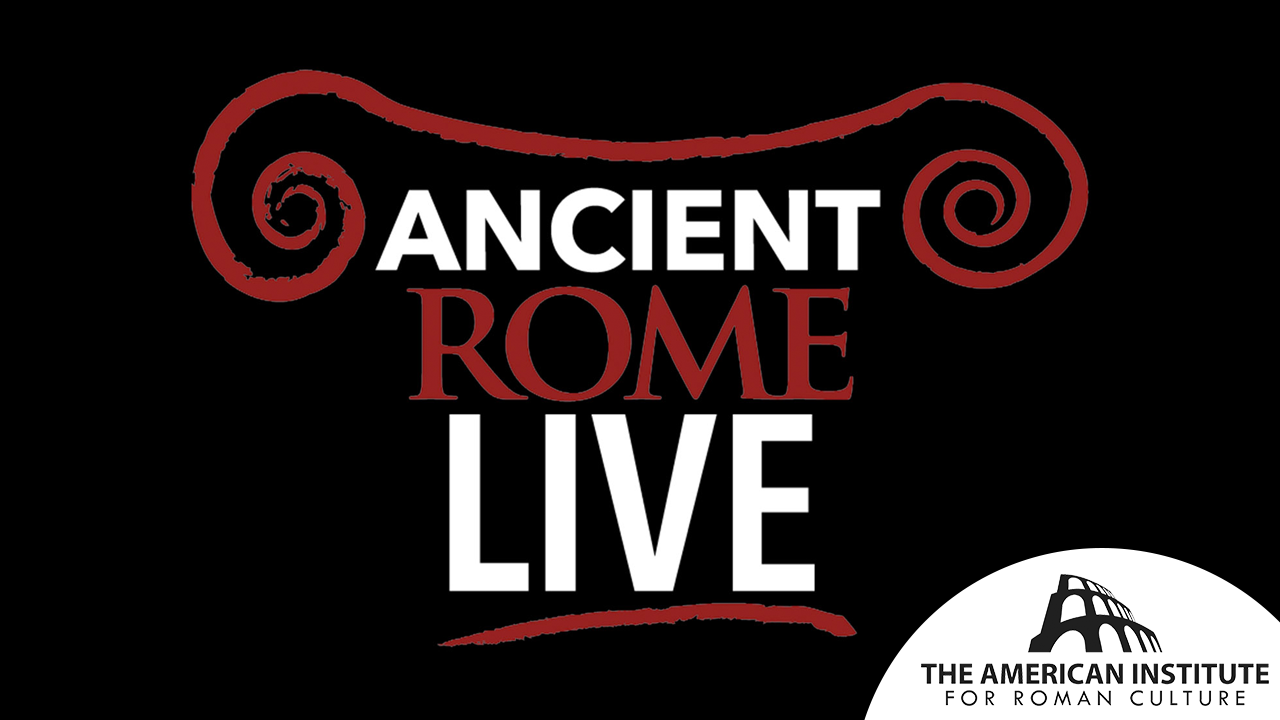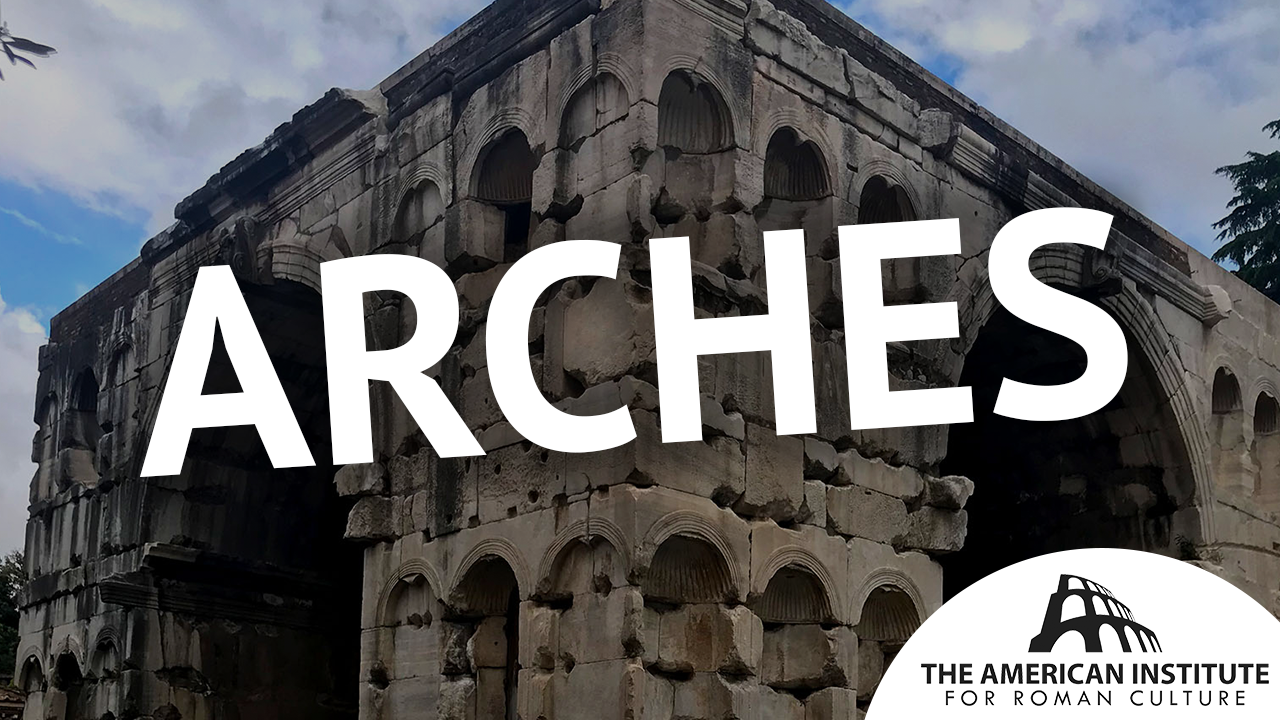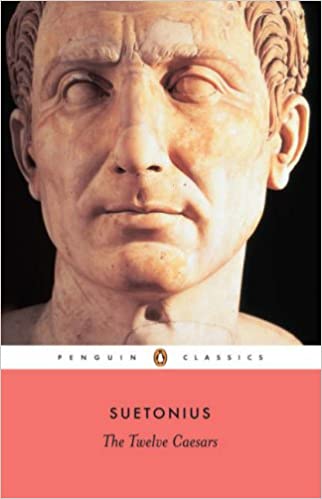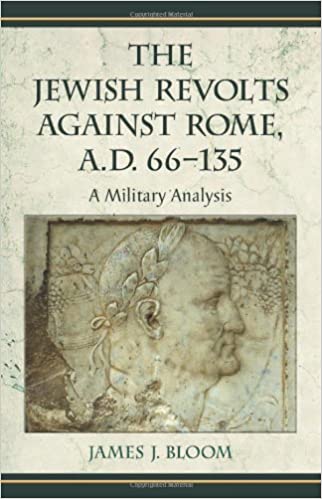The Triumphal Arch of Titus is a monumental arch located on the Clivus Palatinus, the ancient road that connects the Roman Forum to the Palatine Hill. The arch was erected in the year 81 CE to commemorate the emperor Titus, having been constructed shortly after his death by his younger brother and successor, the emperor Domitian.
The arch was designed to portray two major events: the Triumph of 71 CE, which celebrated the sack of Jerusalem by Titus under the command of his father, the emperor Vespasian, as well as the apotheosis, or deification, of Titus. Within the arch, the right-hand panel depicts Titus riding a quadriga, or four-horse chariot. He is accompanied by the goddesses Victoria and Roma, along with the genii, personifications of the Roman people and senate. To have mortals and the divine depicted together in such a way was unprecedented in Roman art. The left-hand panel depicts spoils of war carried in the triumphal procession by Roman soldiers. These spoils included the menorah of the Temple of Jerusalem, along with many precious artifacts that were sacred to the Jewish people. The upper panel depicts the apotheosis. Titus can be seen riding an eagle into the realm of the gods, forever immortalizing the glory of the emperor. This imagery was very important to the public perception of Domitian, who assumed the title Dominus et Deus, Master and God. Depicting an emperor in such a divine manner further solidified the legitimacy of his new title.
Domitian likely chose the location of the arch not only because it enshrined the path that soldiers took on their triumphal procession into the Forum, but also because it connected the Forum to other monuments of the Flavian Dynasty: the Baths of Titus, the Domus Augustana, and the Colosseum. After the fall of the Western Roman Empire, the arch became part of a wall circuit in the medieval city of Rome, as well as an important monument for Jews living in Rome during that time. By the eighteenth century, the arch had deteriorated significantly, with only the central arcade still mostly intact. In the following century, significant efforts were made to restore the arch using travertine stone, with the final restoration being completed by Pope Pius VII in 1821. With its unprecedented artistic imagery and important symbolism, the Arch of Titus would serve as a model for the triumphal arches of later emperors, such as Septimius Severus and Constantine, as well as the triumphal arches of our own era, such as the Arc de Triomphe.
Bibliography
- Britannica, T. Editors of Encyclopaedia (2024, January 23). triumphal arch. Encyclopedia Britannica. https://www.britannica.com/topic/triumphal-arch
- Holloway, R. R. (1987). Some Remarks on the Arch of Titus. L’Antiquité Classique, 56, 183–191. http://www.jstor.org/stable/41656878
- Waters, K. H. (1964). The Character of Domitian. Phoenix, 18(1), 49–77. https://doi.org/10.2307/1086912
Erected in honour of Titus and in commemoration of the siege of Jerusalem in summa Sacra via (Haterii relief, CIL vi. 19151; Mem. Accad. di Napoli xxiv. (1906), 227-262, but not finished and dedicated until after his death (CIL vi. 945). There is no mention of this arch in ancient literature, though it may be alluded to by Martial (de spect. 2) quoted s.v. DOMUS AUREA (p. 167).
Read more:
The theory that it was erected under Nerva and Trajan is improbable (CJ 1915-16, 131-141). In the Middle Ages it formed part of the stronghold of the Frangipani, a chamber was constructed in the upper part of the archway, and the level of the roadway was lowered considerably, exposing the travertine foundations. The injury to the structure was so great that it was taken down in 1822 and rebuilt by Valadier, who restored a large part of the attic and the outer half of both piers in travertine. The frieze and inscription are therefore preserved only on the side towards the Colosseum. The foundations of the arch stand on the pavement of the CLIVUS PALATINUS (q.v.), and therefore it has been thought by some that the arch stood originally farther north and was moved when the temple of Venus and Roma was built (CR 1902, 286; Mitt. 1905, 118; BPW 1908, 1034; Me1. 1908, 247-248).
It is, however, far more likely that the pavement belongs to the pre-Neronian period, and that the position of the arch was the only one possible, given the existence of the vestibule of the domus Aurea. The arch was constructed of Pentelic marble, and is 13.50 metres wide, 15.40 high, and 4.75 deep. The archway is 8.30 metres high and 5.36 wide. Above it is a simple entablature, and an attic 4.40 metres in height, on which is the inscription, which is preserved only on the east side. On each side is an engaged and fluted Corinthian column, standing on a square pedestal. The capitals of these columns are the earliest examples of the Composite style. On the inner jambs of the arch are the two famous reliefs (PBS iii. 276-279; v. 178; Strong, cit.), that on the south representing the spoils from the temple at Jerusalem, the table of shewbread, the seven-branched candlestick, and the silver trumpets, which are being carried in triumph into the city; and that on the north representing Titus standing in a quadriga, the horses of which are led by Roma, while Victory crowns the emperor with laurel as he passes through a triumphal arch. In the centre of the ceiling of the archway, which is finished in soffits (lacunaria), is a relief of the apotheosis of Titus, representing him (or rather his bust) as being carried up to heaven by an eagle. The frieze contains a procession of various personages both civil and military, and of animals being led to sacrifice; we may recognise a personification of the river god of the Jordan in a recumbent figure, carried by three men. In the spandrels are the usual winged Victories; while on the keystones are figures of Roma (or Virtus) towards the Colosseum, and the Genius populi Romani (or Bonus Eventus or Honos) towards the Forum. In type the arch is the simplest of those existing in Rome; the sides of the piers, which are not adorned with sculpture, were adorned with niches like windows (PAS ii. 47-49; LR 201-203; HC 247-250; HJ 15-16 and reff.; Rossini, Archi Trionfali 31-37; D’Espouy, Fr. i. 95; ii. 80; SScR 105-118; DR 448-454; RE Suppl. iv. 479; ASA 116, 117; HFP 52).
This content is brought to you by The American Institute for Roman Culture, a 501(C)3 US Non-Profit Organization.
Please support our mission to aid learning and understanding of ancient Rome through free-to-access content by donating today.
Cite This Page
Cite this page as: Darius Arya, The American Institute for Roman Culture, Arcus Titi (Arcus Titi (Arch of Titus, Roman Forum)” Ancient Rome Live. Last modified 03/19/2024. https://ancientromelive.org/arcus-titi-circus-maximus/
License
Created by The American Institute of Roman Culture, published on 03/19/2024 under the following license: Creative Commons: Attribution-NonCommercial-ShareAlike. This license lets others remix, tweak, and build upon this content non-commercially, as long as they credit the author and license their new creations under the identical terms. Please note that content linked from this page may have different licensing terms.








